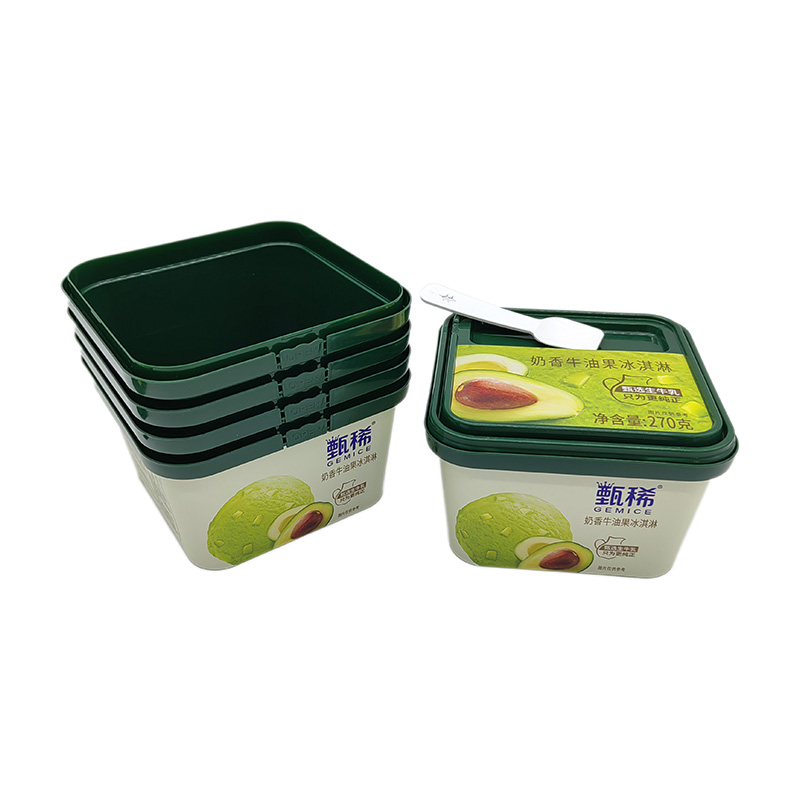How To Choose Butter Container?
2025-03-31
The core requirements of butter packaging are anti-oxidation, fragrance preservation and blocking external pollution. The mainstream materials are aluminum foil composite materials and PP material containers. The specific packaging types and characteristics are as follows.

Aluminum foil/paper composite materials are the most common solution. Aluminum foil blocks oxygen and light, and paper enhances mechanical properties (such as Alstrom's fluorine-free pure cellulose packaging paper). This combination can reduce the thickness of aluminum foil, reduce costs and facilitate processing, and is a common material for Butter Container.
Aluminum foil/parchment Butter Container, widely used in Europe, has both oil resistance and airtightness, but the humidity of parchment needs to be controlled at 50%-80% to avoid cracking or mold.
Aluminum foil/oil-proof paper Butter Container, used for heat-sealed packaging, is suitable for sealing plastic butter containers for daily sales.
Special functional materials Fluorine-free coating material Butter Container, some manufacturers have launched fluorine-free and non-coated environmentally friendly packaging to avoid PFAS pollution risks.
HDPE plastic: Mainly used for butter containers such as butter barrels, such as the Basel H5057 model, which is resistant to low temperatures (-40°C) and has high fluidity, and is suitable for injection molding.
Limitations of traditional materials
Pure parchment butter containers, although oil-resistant, are breathable and light-permeable, and are prone to accelerated oxidation, so they need to be used with aluminum foil.
Pure metal butter containers, metal costs are too high, and metal materials have problems such as difficulty in thawing.
However, freezing for too long will cause the butter to become dry, loose, and even granular, affecting the cooking or baking effect.
And frozen butter needs to be taken out and thawed in advance, which is inconvenient to use. Therefore, large containers such as metal barrels are suitable for situations where they are not often used but want to be stored for a long time, while small boxes made of plastic or environmentally friendly paper materials are suitable for ordinary kitchen cooking.
Tips and precautions for butter storage,
Unopened butter: Can be refrigerated or frozen directly. The shelf life of animal butter is generally more than half a year.
Opened butter: Wrap it with the original packaging paper, then put it in a sealed bag or small box, squeeze out as much air as possible and store it in the refrigerator or freezer.
Packaging tips: Cut large pieces of butter into small pieces, separate them with silicone paper, and put them in a fresh-keeping box for refrigeration. This makes it more convenient to take them on demand.
 English
English Español
Español  русский
русский  Français
Français  日本語
日本語  Deutsch
Deutsch  tiếng Việt
tiếng Việt  Italiano
Italiano  Nederlands
Nederlands  简体中文
简体中文  ภาษาไทย
ภาษาไทย  Polski
Polski  한국어
한국어  Svenska
Svenska  magyar
magyar  Malay
Malay  Pilipino
Pilipino  Türkçe
Türkçe  العربية
العربية  Indonesia
Indonesia 



